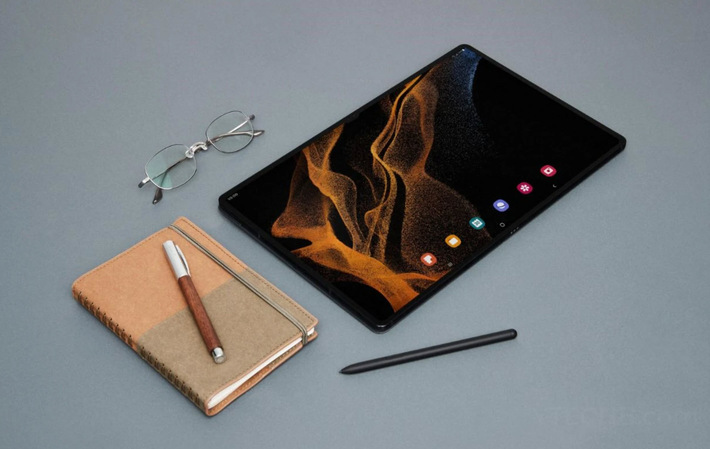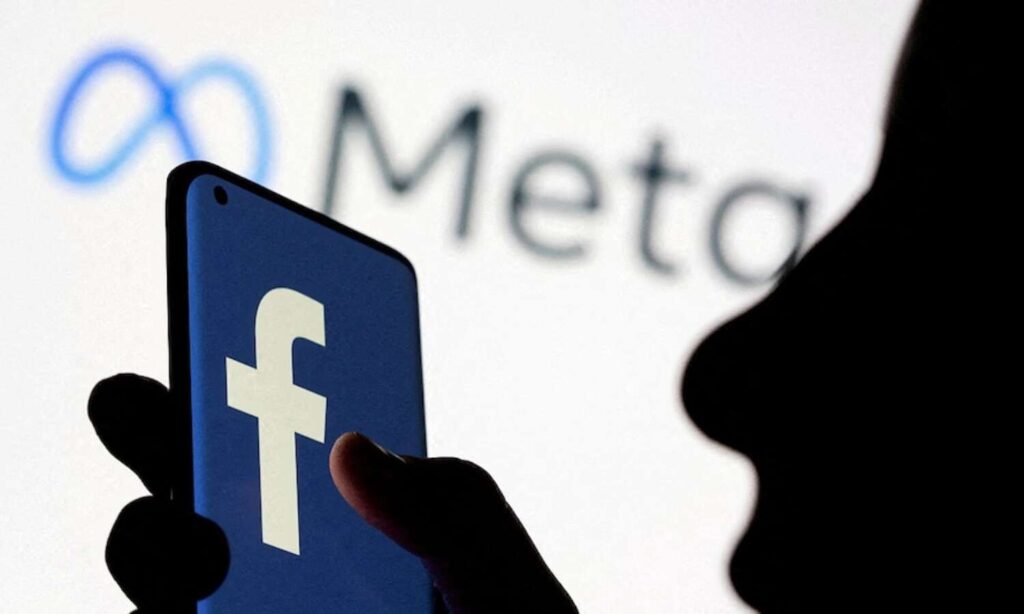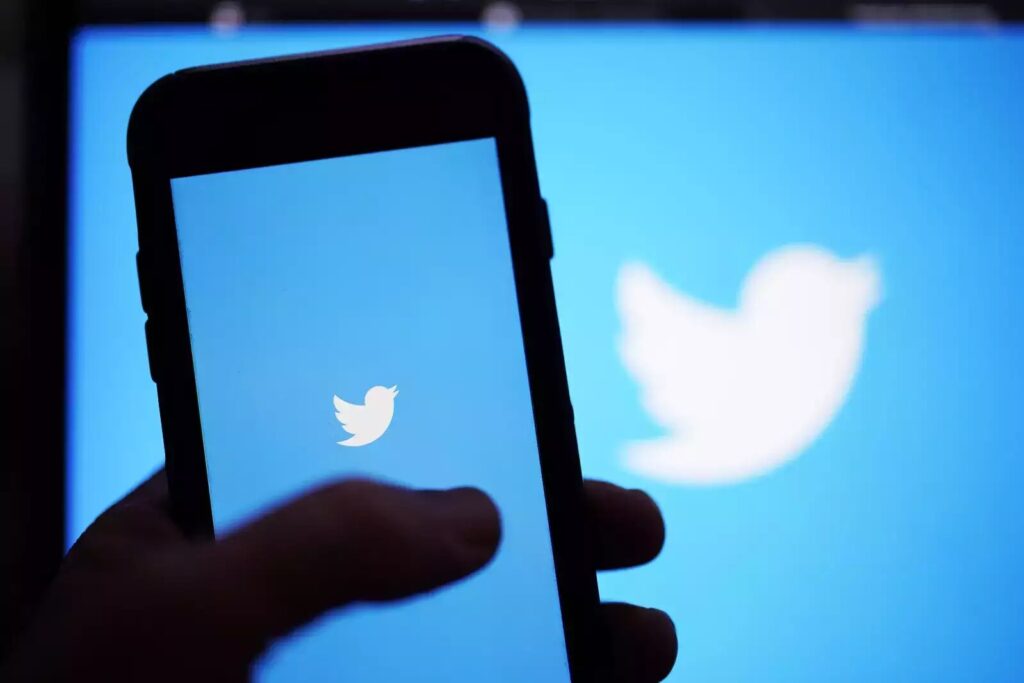WhatsApp reportedly tested to increase group size up to 1024 participants
There is good news if you enjoy WhatsApp groups but believe that their biggest drawback is that they never get big enough. The messaging service WhatsApp, which is owned by Meta, has announced a number of new features and is now enabling the addition of up to 1024 users to groups for certain beta testers.

When it pertains to group chat capacity, WhatsApp has traditionally been a bit stingy, but it’s getting better. The company expanded the group chat size to 512 individuals in May and added the capacity to exchange files with up to 2GB in storage. Users of WhatsApp’s most recent beta for iOS and Android can form groups with up to 1,023 members.
Only a small group of beta testers have access to the feature for now, but it’s reasonable to anticipate that it will soon be made available to more people to add 1024 users in groups. With this minor upgrade, WhatsApp moves a bit closer to the Telegram messenger, which supports big groups of thousands of users.
Pavel Durov, the developer of Telegram, recently claimed that the system’s encryption standards are pointless if it constantly has security problems and that WhatsApp has been utilized as a surveillance tool. He made these remarks after WhatsApp delivered a critical update that, as per reports, contained security weaknesses that exposed users to hackers,
Large groups are useless if one can’t effectively manage them, but there is also positive news in that regard. WaBetaInfo claims that WhatsApp is creating new capabilities that will provide administrators with additional choices for handling huge groups. To examine all of the applicants and approve them all at once, they include a membership approval process and a list of group members who are presently awaiting permission.
The move would improve the recently introduced Communities feature, which enables several groups to all be placed underneath a single Community umbrella. The messaging app has undergone a tonne of changes and additions this year, including emoji reactions, the option to hide the “Last Seen” status for specific contacts, more features for group phone conversations, and an enhanced native Windows client, in addition to the increased group chat member limit.
WhatsApp unveiled a new calling function for its app last month. With its new Call Links feature, users may now join an audio or video call with just one tap. On the messaging network operated by Meta, users can post links to the corresponding calls for their family and friends. This virtual call service functions quite similarly to Google Meet or Zoom.
In the meantime, the platform launched WhatsApp Premium, a new tool for business accounts. Right now it is only available for beta testers in some nations.
Through WhatsApp Premium, businesses may take use of several cutting-edge features, including a better way to connect with clients and some advantages when connecting new devices. WhatsApp has recently started testing features that restrict users from taking screenshots of photographs transmitted with the “View once” option but only with a small group of beta testers.
WhatsApp Group has become the go-to spot for users to connect with various individuals on a single topic. The new update will increase its popularity and has a lot of potential.

I am a law graduate from NLU Lucknow. I have a flair for creative writing and hence in my free time work as a freelance content writer.





